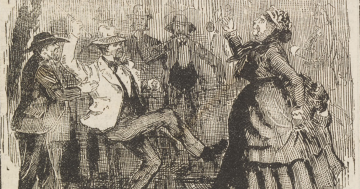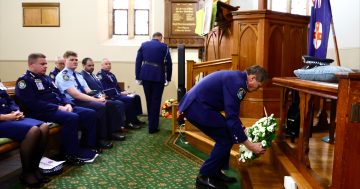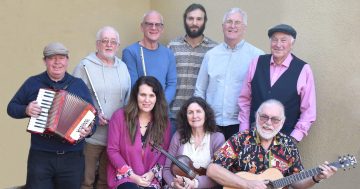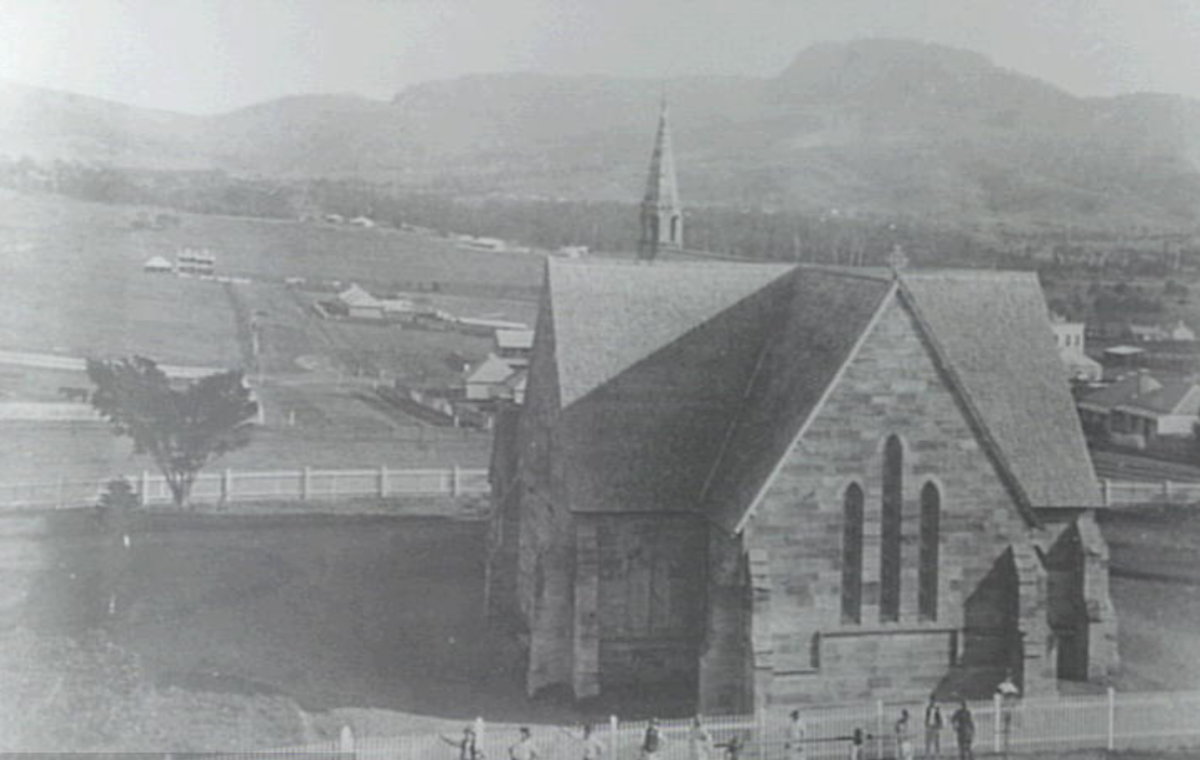
Stonemason Patrick Lahiff built St Michael’s Anglican Church Wollongong in the 1850s. From the collections of Wollongong City Libraries and the Illawarra Historical Society – P13962.
As Shakespeare well knew, “the evil that men do lives after them” and “the good is oft interred with their bones”.
That is, of course, if they are remembered at all – as the poet Percy Bysshe Shelley fully understood when he mocked the ruined stone legacies of the Pharoah Rameses II who reigned from 1279-1213 BCE and whose Greek name was Ozymandias.
But even in the Illawarra today it’s not easy to find things of European heritage that have survived for even as little as 175 years.
For example, few are probably today aware that both Robsons Road and Shoobert Crescent at Keiraville commemorate the leading figures in opening the Illawarra coal trade.
And even fewer are likely to have heard of Patrick (“Paddy”) Lahiff whose life and works are today perpetuated by a Balgownie street named Lahiff Place.
The Limerick-born stonemason Paddy Lahiff arrived in Wollongong in the mid 1850s after winning the contract for the construction of St Michael’s Anglican Church.
His tender of £1400 for the erection of the walls of the church (designed by Edmund Blacket no less) was accepted and the edifice still stands today as a silent monument to the deceased stonemason.
Its high-pitched roof, however was completed by the carpenter James Orphin and only lasted 160 years before needing a total replacement whereas down at Belmore Basin some of Paddy’s other stone work still stands looking pretty strong.
But before Lahiff set to work at Belmore Basin, and immediately following the completion of the church contract, he then produced the stonework and masonry for the Russell Vale homestead (luxurious in its day) for the well-to-do surveyor Francis P MacCabe.
After that Lahiff set to work crowning the Roman Catholic Chapel in Wollongong with some ornamental masonry but not before demolishing the original Wollongong Anglican Church in Corrimal Street and paying £300 for its stone.
Lahiff’s Illawarra projects just kept getting bigger and bigger and he needed both that stone and also extra employees.

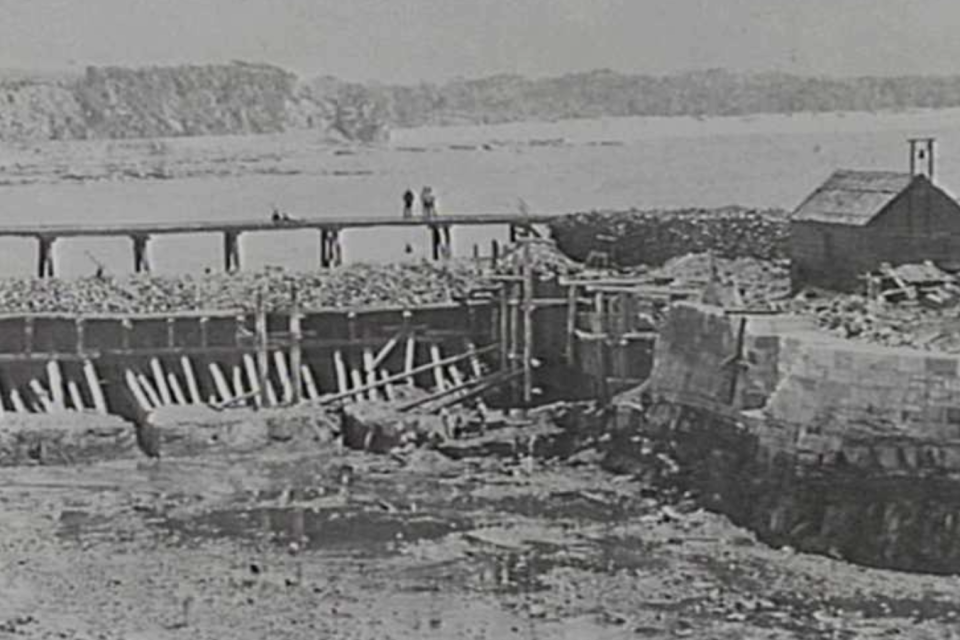
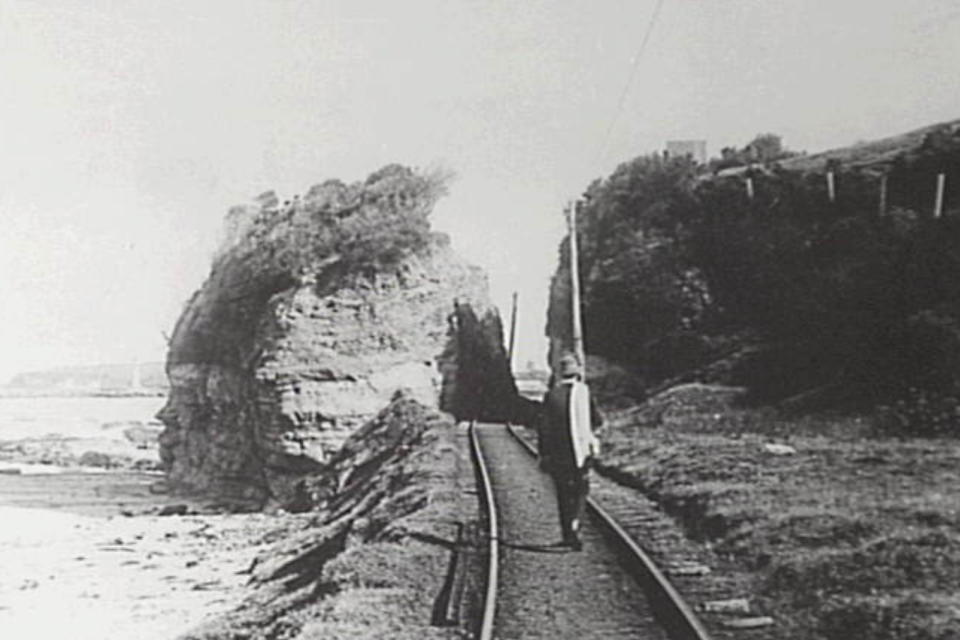
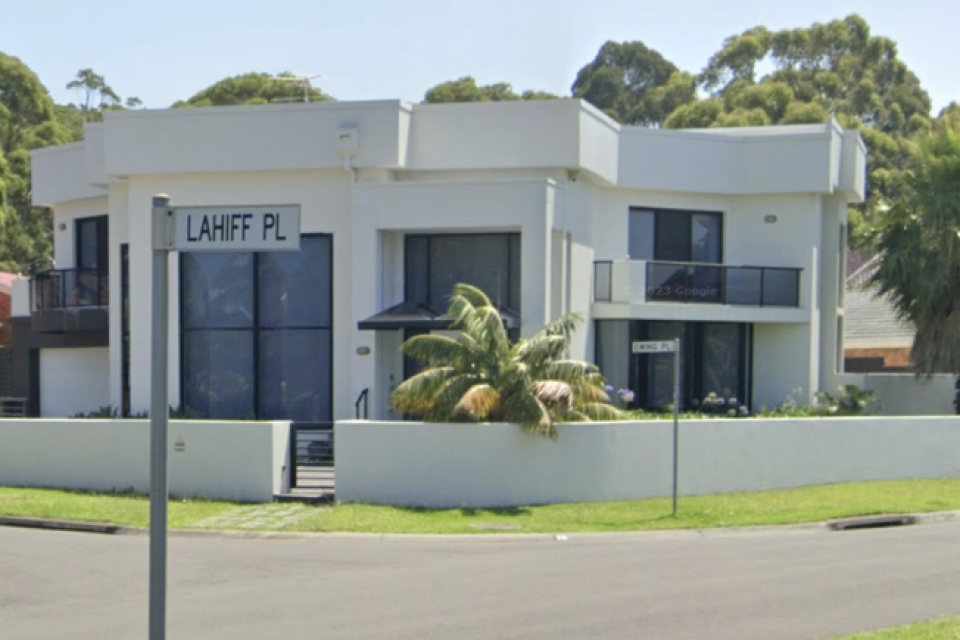
And so it was another native of County Limerick, John Madden, who turned up to work as foreman under Patrick Lahiff in the excavation of the Wollongong harbor.
Much of the still visible harbour stone work suggests Lahiff had become a highly effective engineer, enabling him to supervise the erection of a coffer dam across the entrance of the Basin and thus make his harbour extension works a reality.
Lahiff then set to work getting the Mount Pleasant Colliery to Belmore Basin rail line constructed where his blasting of stone today remains an attractive part of North Wollongong’s Blue Mile.
That’s already quite a bit of hard yakka from the mind and hands of a now largely forgotten Irish stonemason to have achieved.
But, if that’s not enough, Lahiff also made several attempts to smelt iron in a crude way from ores and clay-bands in the locality of Mount Pleasant.
And he also tried to make fire-proof bricks from the fire-clay often encountered in Illawarra. Of limestone Paddy also maintained there was also an abundance in the district – even though when the Port Kembla steelworks was established the limestone deposits at Marulan were preferred.
So with a bit of luck (something which apparently did not always accompany Paddy in his personal and legal affairs) Lahiff might even have also become the region’s first steel-maker.
One of Paddy Lahiff’s big legal problems, however, was when he went to court in a case titled Lahiff v. The Queen.
The trial was a suit for £4000 damages Paddy claimed against the NSW Government over the harbour works at Wollongong. But after a long and expensive trial the jury only awarded Lahiff £676 19s. 9d.
Despite whatever now mostly forgotten good or bad works Lahiff achieved in his lifetime, he may not have actually been a very pleasant employer – at least according to The Mount Pleasant Catechism published in 1885.
Question: Who sat upon the Mount Pleasant Miners a few years ago, and would not let any of them return to work again after a strike on their parts for their just rights?
Answer: Paddy Lahiff
Even at his death in 1897, Paddy Lahiff seems to have not endeared himself to the children of his first wife who had died in 1883. These children challenged Paddy’s will, alleging it was obtained by the undue influence of Paddy’s new wife, but the kids had no luck in court.
Nonetheless, Paddy Lahiff has still left a surprisingly lasting physical impact on the built environment of Illawarra.









